A few weeks ago I posted an article about physician burnout. In that article, eighty percent of the physicians surveyed said they were overextended and didn’t have time to see additional patients. You may recall that 21% of their time is spent on non-clinical paperwork and that 71% of physicians said that EHRs have had no impact or a negative impact on productivity and patient interaction.
Related to that survey, according to a recent Forbes article, these overextended doctors wait times (to get an appointment) has soared 30% in the major US Cities. On average patients in 2017 are waiting 24 days to get a new patient appointment with a doctor compared to 18.5 days in 2014 according to a study in 15 major US cities.
The reasons for this increase in time to get an appointment are the national doctor shortage, aging baby boomers, population growth and millions of Americans with health insurance (whose numbers could be greatly reduced if Obamacare is repealed).
The survey by Merritt Hawkins, a unit of healthcare staffing firm AMN Healthcare, a national healthcare workforce solution provider, polled more than 1,400 physicians looking at average wait times among five specialties: family medicine, dermatology, obstetrics/gynecology, orthopedic surgery and cardiology.
The longest wait to see a doctor was in Boston, where the average wait was 52 days to schedule a new patient appointment with a family physician, dermatologist, cardiologist, orthopedic surgeon or obstetrician/gynecologist
The crux of the issue, the physician shortage, was around before the Affordable Care Act was signed into law by President Barack Obama and the shortage could become worse. The Association of American Medical Colleges in March came out with its latest report which projects a shortage of between 40,800 and 104,900 doctors by 2030. At that time, the AAMC said there will be a shortage of between 7,300 and 43,100 primary care doctors.
Get ready for longer waits..and by the way, Philadelphia is # 2 on the list with an average wait of 36.8 days to get a new patient appointment.
